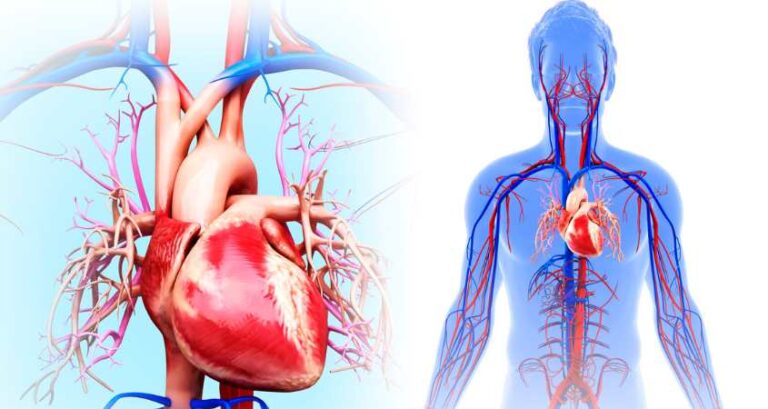Heart disease is the leading cause of death in the United States, killing more than half a million Americans each year. It can also be a serious and life-threatening condition that affects millions of Americans at some point in their lives. Heart disease accounts for about 70% of deaths from cardiovascular disease and 90% of deaths from heart attacks, stroke, or congestive heart failure.
What is heart disease?
Heart disease is a term that covers a range of conditions. It can be caused by lifestyle factors, genetics, or other factors. Some people have more than one risk factor for heart disease.

Heart disease is a broad term that includes:
- atherosclerosis (hardening or narrowing of the arteries)
- cardiac arrhythmia (abnormal heartbeat)
- coronary heart disease (CHD) – this refers to CHD with plaques in the walls of your arteries; and
- CHD without plaque – this refers to CHD without plaque but with other complications such as heart muscle damage or clots in your blood vessels
What are the Types of Heart Disease?
Cardiovascular disease (CVD) is a term that refers to conditions of the heart and blood vessels. It can be divided into three categories: atherosclerosis, hypertension, and coronary artery disease.
Atherosclerosis occurs when fatty deposits called plaques build up on the walls of arteries. These plaques cause narrowing of the arteries, which can eventually lead to heart attack or stroke. The more plaque buildup there is in an individual’s arteries, the greater their risk for CVD may be.
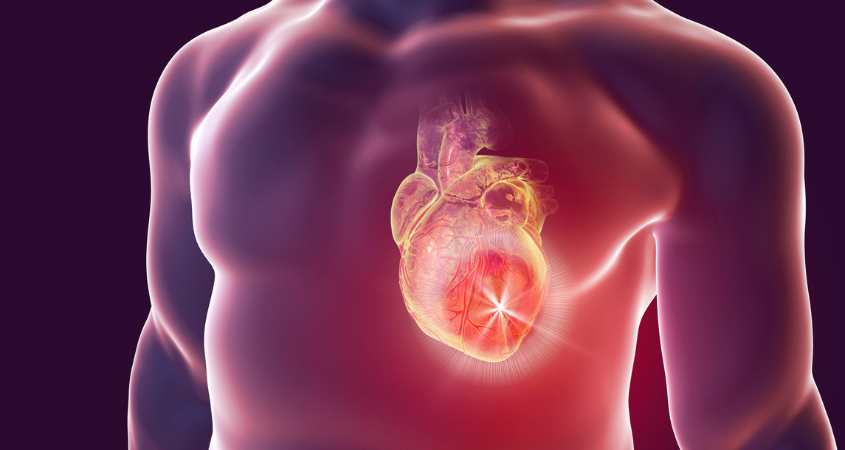
Angina pectoris occurs when your heart muscle becomes weak due to lack of oxygen supply during stressful situations such as exertion or pregnancy; this leads you to feel chest pain if you suddenly stop exercising (when your heart rate increases), especially after eating certain foods such as cheeseburgers at lunchtime! This condition often goes away once you start exercising regularly again afterwards because it’s caused by reduced blood supply going through narrowed arteries rather than simply being damaged itself.”
Coronary Artery Disease (CAD)
Coronary artery disease is the most common type of heart disease, affecting more than one million Americans each year. CAD can be diagnosed through an angiogram, which is a procedure that uses X-rays and dye to show where your arteries are blocked. This blockage causes blood to flow slowly through your body, putting pressure on other parts of your body like kidneys or brain.

If left untreated, CAD can lead to a variety of conditions including heart attacks (myocardial infarction), stroke and kidney failure. In severe cases it can cause death within minutes or hours after the onset of symptoms such as chest pain or shortness in breath while at home alone without warning symptoms such as nausea or vomiting due to dehydration caused by diarrhea if someone has recently undergone surgery without taking anti-nausea medication immediately beforehand prior which may cause difficulty breathing due not only because she was unable maintain balance during this time period after being released from hospitalization but also because she was unaware how long she’d been unconscious before regaining consciousness again; meaning instead
Arrhythmia
An arrhythmia is a change in the rhythm of your heart. The most common type of arrhythmia is atrial fibrillation, which occurs when the upper chambers of your heart (atria) quiver instead of contracting normally. This can lead to an irregular heartbeat and potentially life-threatening complications like stroke or heart attack.
Arrhythmias are diagnosed based on symptoms, such as chest pain or shortness of breath; they’re also detected through blood tests or electrocardiograms (EKGs). Treatments include medication, surgery and lifestyle changes such as exercise. You may be able to prevent arrhythmias by following a healthy diet and getting regular exercise
Congenital Heart Defects
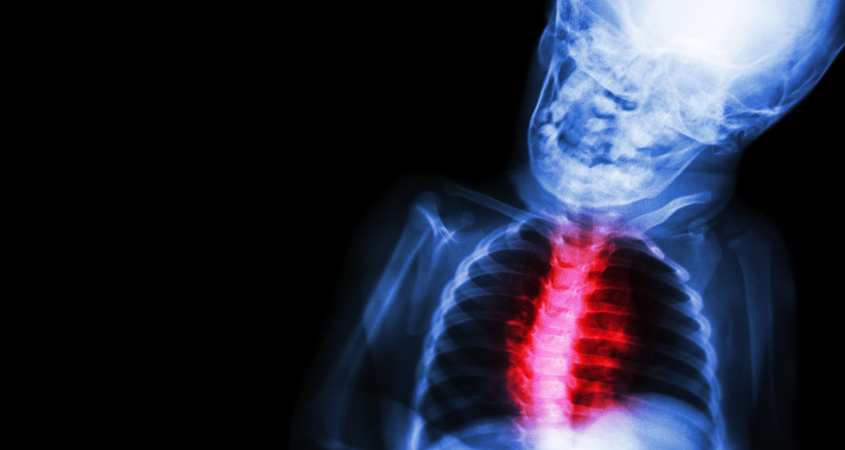
Congenital heart defects (CHDs) are birth defects that occur before birth. They can affect the structure or function of your heart and cause it to work improperly. CHDs include:
- Tetralogy of Fallot — a group of four heart defects that combine to cause poor oxygenation and circulation in your body. The four defects are:
- Atresia (no hole in the ventricle), which means there’s no hole in the right ventricle; this defect may be repaired surgically if there is no other problem with it.
- Double outlet right ventricle, which means one opening into both atria instead of two separate openings into each atrium; this defect may be repaired surgically if there is no other problem with it.
- Ventricular septal defect (VSD), which means one opening between two venae cavae leading from left and right chambers respectively; this defect may be repaired surgically if there is no other problem with it
Pericarditis
Pericarditis is inflammation of the pericardium, which is the outer layer of your heart. It does not have to be life-threatening, but it can cause serious complications if left untreated.
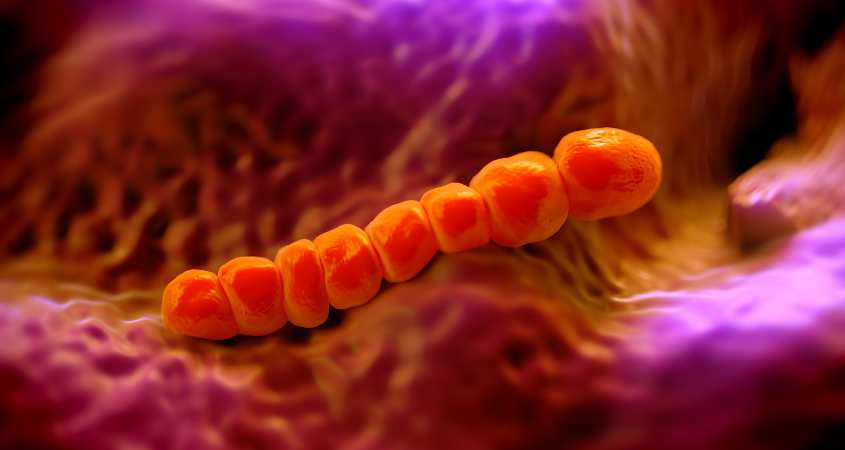
Pericarditis may be caused by a virus or an infection that spreads into your circulatory system. Viral pericarditis is usually mild and short-lived; however, it can cause fatigue and other symptoms on top of its pain. Infectious pericarditis occurs when bacteria enter through damaged valves in your heart’s blood vessels—this type generally lasts longer than viral varieties but doesn’t require hospitalization like bacterial infections do (though you may need antibiotics).
You Can Prevent Heart Disease!
- Eat a healthy diet.
- Exercise regularly.
- Maintain a healthy weight.
- Get plenty of sleep and avoid smoking and drinking alcohol if you do these things, you’ll reduce your risk of heart disease by up to 90%.
Is it a Heart Attack or Angina?
Angina is a symptom of heart disease, not the same thing as an attack.
Angina occurs when your heart muscle isn’t getting enough blood to function effectively, causing chest pain that worsens with exercise or increases in frequency and severity when you’re at rest. Angina may be caused by arteries narrowing due to atherosclerosis, which can lead to clogged arteries (atherosclerosis) or plaque deposits inside them (plaque). This blockage restricts blood flow through these vessels and causes angina symptoms like shortness of breath or pain on exertion.
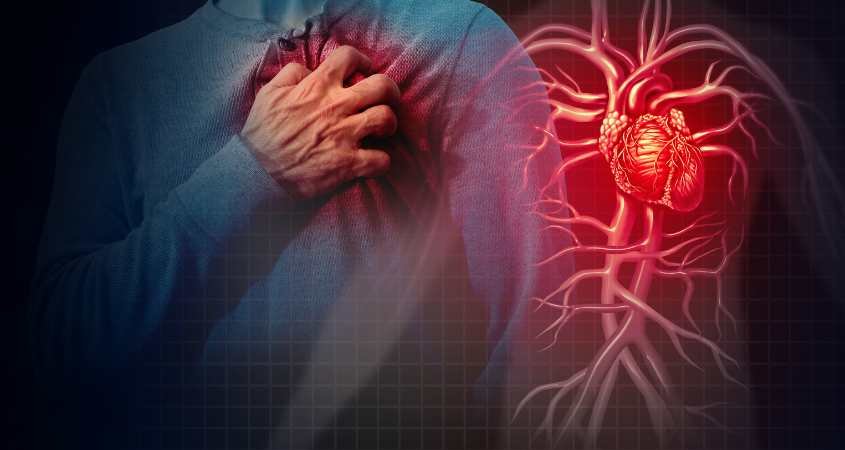
The term “heart attack” refers specifically to this condition: severe damage caused by lack of oxygen supply due to blocked arteries supplying blood throughout your body’s organs; specifically affecting the heart muscle itself (i.e., no collateral damage).
If you experience sharp chest pain accompanied by sweating and nausea within five minutes after exercise even if it lasts only 15 seconds then this could potentially be a sign indicating cardiac arrest due to sudden cardiac death syndrome due to decreased blood pressure from excessive fluid buildup inside head veins which leads eventually cause brain swelling leading ultimately death over time without immediate intervention measures being taken!
Chest Pain? Don’t Take Chances! Call 911!
Chest pain can be a sign of heart disease. If you have chest pain and it’s severe enough to cause you to faint or lose consciousness, call 911 right away! You should also call 911 if you have any other signs or symptoms of heart attack:
- Shortness of breath or trouble breathing
- sweating (especially on the chest)
- feeling dizzy or lightheaded
Diagnosing Heart Disease
The diagnosis of heart disease is based on symptoms, test results, and your family history. Your doctor will check for signs and symptoms that may indicate you have a problem with your heart or circulation. He or she may also order tests to help diagnose the condition.
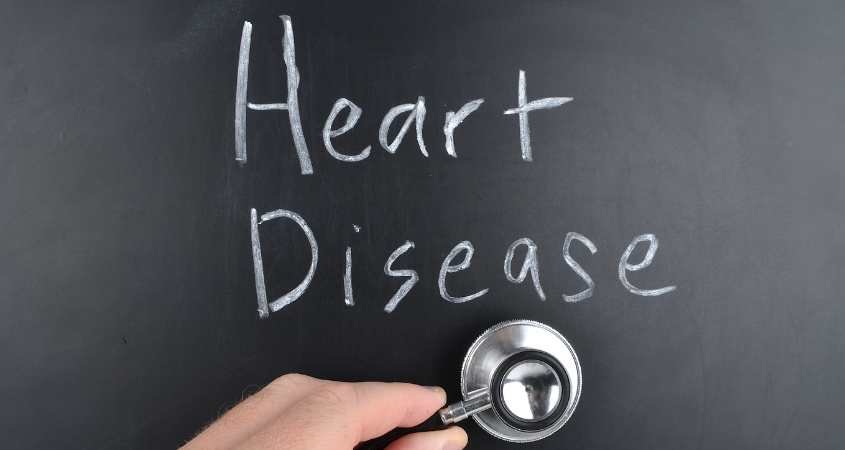
A physical exam can include an electrocardiogram (ECG) and echocardiogram (ECHO). These tests use electrodes to measure electrical activity in your heart muscle; they’re done while you’re lying down so they don’t interfere with blood flow. An ECHO can detect certain types of blockages in blood vessels near the heart; it gives doctors information about how much fluid there is in different parts of your body as well as how well all its organs work together under normal circumstances (i.e., without any disease).
Understanding heart disease is the first step to a healthy heart.
Heart disease is a leading cause of death and disability in the United States. It’s also the nation’s number one killer, claiming more than 730,000 lives each year.
There are many types of heart disease, but all share a common factor: an unhealthy lifestyle that contributes to the development of coronary artery disease (CAD). CAD can occur without symptoms until it reaches its most advanced stage—when sudden death occurs because your arteries have become clogged with plaque or narrowing blockage. The good news is that you can prevent this by making healthy choices throughout your life including being active every day and eating right!
Conclusion
Heart disease can be a serious and sometimes even fatal condition. But with the proper diagnosis and treatment, you can avoid a heart attack or help your heart recover from one. An important part of that process is being able to recognize heart disease symptoms in yourself or others. Remember, it’s never too late to get screened for this condition!
For more info Visit Us

